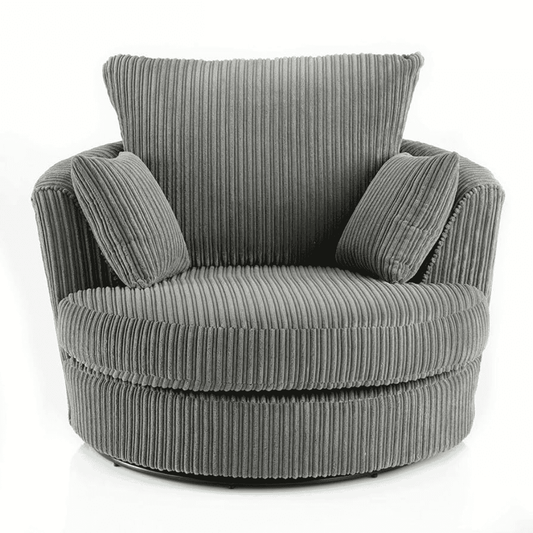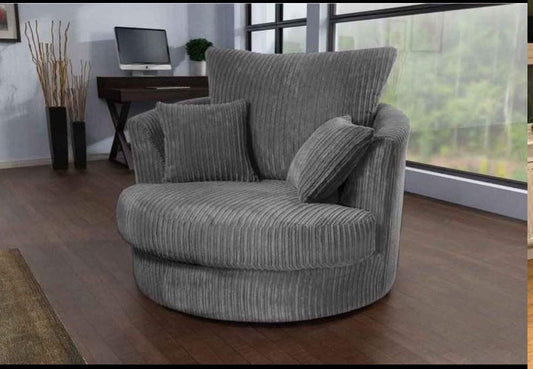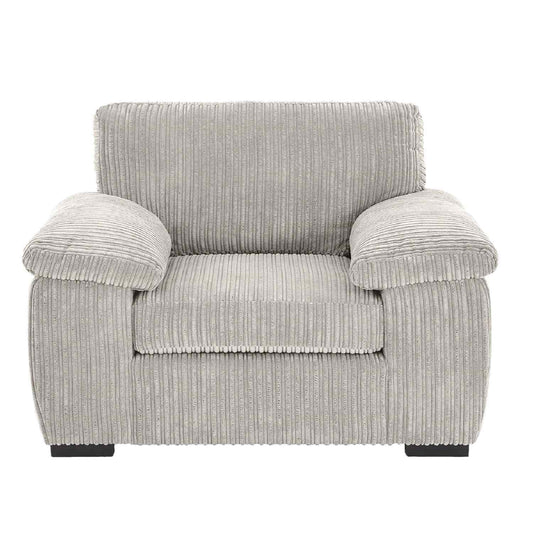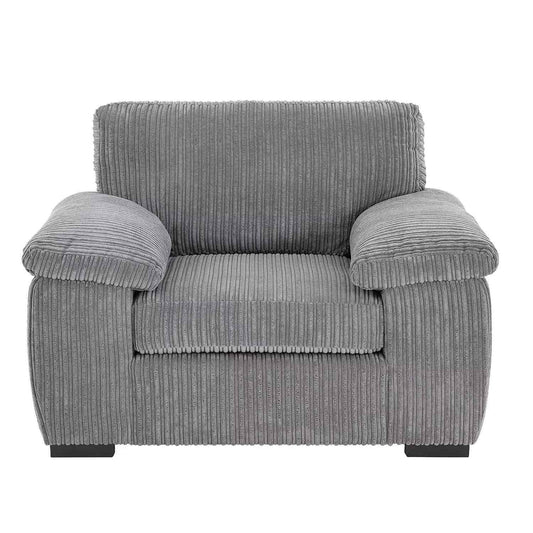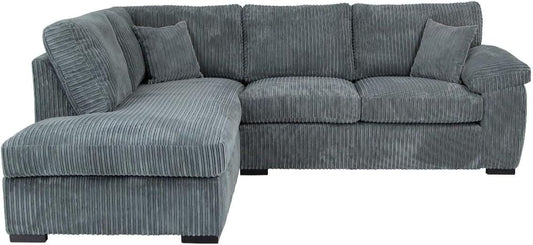2 Seater Sofa Care Guide
A two-seater sofa, also known as a loveseat, is a compact and versatile piece of furniture that adds comfort and style to any living space. However, maintaining its appearance and longevity requires proper care. This guide will provide you with comprehensive tips and strategies to keep your two-seater sofa looking pristine and feeling comfortable for years to come.
1. Understanding Your Sofa Material

The first step in caring for your two-seater sofa is to understand the type of material it’s made from. Sofas can be upholstered in various materials such as fabric, leather, microfiber, or synthetic blends. Each material has its own care requirements, and knowing what your sofa is made of will help you choose the right cleaning products and techniques.
- Fabric: Fabric sofas are popular for their variety in colors and textures. However, they are prone to staining and can absorb odors if not cared for properly.
- Leather: Leather sofas exude luxury and are relatively easy to clean, but they require regular conditioning to prevent cracking and dryness.
- Microfiber: Microfiber is a synthetic material that is both durable and easy to clean. It's resistant to water and stains, making it ideal for households with pets or children.
- Synthetic Blends: These materials are designed to mimic the look and feel of natural fabrics but are often more resistant to stains and wear.
2. Regular Cleaning and Dusting
Regular cleaning is essential to prevent the buildup of dust, dirt, and allergens on your two-seater sofa. Depending on the material, the cleaning methods will vary.
- Vacuuming: Use a vacuum cleaner with a soft brush attachment to remove loose dust and debris from the surface of your sofa.
- Wiping Down Surfaces: For leather and synthetic sofas, use a damp cloth to wipe down the surfaces. Avoid using excessive water, as this can cause water stains or damage the material.
- Spot Cleaning: Accidents happen, and when they do, it’s important to address spills and stains immediately. Use a clean cloth to blot (not rub) the affected area, absorbing as much of the spill as possible. For fabric sofas, a fabric cleaner or a mixture of water and mild detergent can be used to treat the stain. For leather, a specialized leather cleaner is recommended.
3. Dealing with Stains
Stains are inevitable, especially if you have pets, children, or if the sofa is used frequently. Here’s how to deal with common types of stains:
- Food and Beverage Stains: For fabric sofas, gently blot the stain with a mixture of water and mild detergent. For tougher stains like red wine, consider using a vinegar solution. Leather sofas require a different approach; use a leather cleaner or a mix of water and vinegar, then condition the leather afterward.
- Ink Stains: Ink stains can be particularly stubborn. For fabric, try using rubbing alcohol on a cotton swab, but test it on a hidden area first to ensure it doesn’t damage the fabric. For leather, use a leather cleaner or rubbing alcohol, followed by conditioning.
- Pet Stains: If you have pets, you may encounter stains from accidents or shedding. For urine stains, blot the area with a mixture of water and vinegar, then use a fabric or carpet cleaner. For leather, clean with a damp cloth and follow with a leather cleaner.
4. Protecting Your Sofa
Prevention is better than cure, and protecting your two-seater sofa from potential damage can save you time and effort in the long run.
- Use Sofa Covers: Sofa covers are a practical way to protect your sofa from spills, stains, and general wear and tear. They can be easily removed and washed, making them ideal for homes with pets or young children.
- Apply Fabric Protector: For fabric sofas, applying a fabric protector can help repel stains and make cleaning easier.
- Keep Away from Direct Sunlight: Prolonged exposure to direct sunlight can cause your sofa’s material to fade and deteriorate. Position your sofa away from windows or use curtains to block out the sun’s rays. Leather sofas are particularly susceptible to sun damage and should be conditioned regularly to maintain their suppleness.
5. Fluffing and Rotating Cushions
Over time, the cushions on your two-seater sofa can lose their shape and comfort due to constant use. Fluffing and rotating the cushions regularly will help maintain their form and ensure even wear.
- Fluffing Cushions: Fluffing involves plumping up the cushions by beating or shaking them to redistribute the filling. This prevents the cushions from becoming flat and uncomfortable.
- Rotating Cushions: If your sofa has removable cushions, rotate them regularly to ensure even wear. This is especially important if one side of the sofa is used more frequently than the other.
6. Addressing Wear and Tear
Even with the best care, your sofa will experience wear and tear over time. Addressing these issues promptly can prevent further damage.
- Repairing Tears: Small tears in fabric sofas can be repaired with fabric glue or sewing. For larger tears, consider using an iron-on patch or consulting a professional upholsterer. Leather sofas may require a leather repair kit to fix scratches and tears.
- Tightening Loose Parts: If your sofa has wooden or metal components, such as legs or frames, check them periodically for looseness.
- Replacing Worn Cushions: If the cushions on your sofa have lost their shape or support, consider replacing the foam or padding. This can give your sofa a new lease on life without the need for a full replacement.
7. Professional Cleaning and Maintenance
While regular at-home care is crucial, professional cleaning can help maintain your two-seater sofa in the long run.
- Professional Fabric Cleaning: Fabric sofas may require deep cleaning every 12-18 months, depending on usage. Professional cleaning services use specialized equipment and solutions to remove deep-seated dirt and stains.
- Leather Conditioning: Leather sofas benefit from professional conditioning, which helps restore their natural oils and prevents cracking. Professional services can also address more severe damage like deep scratches or discoloration.
- Upholstery Repair: If your sofa requires more extensive repairs, such as reupholstering or replacing structural components, consult a professional upholsterer. This can extend the life of your sofa and preserve its appearance.
8. Storage and Moving Tips
If you need to store or move your two-seater sofa, proper handling is essential to prevent damage.
- Preparing for Storage: If you’re storing your sofa for an extended period, clean it thoroughly and cover it with a breathable fabric to protect it from dust and moisture. Avoid using plastic covers, as they can trap moisture and cause mildew.
- Moving the Sofa: When moving your sofa, lift it carefully to avoid damaging the legs or frame. If possible, disassemble the sofa to make it easier to transport. Protect the upholstery with blankets or moving pads to prevent tears and scratches.
Conclusion
Caring for your two-seater sofa is not just about maintaining its appearance; it’s about ensuring its comfort and longevity. By understanding the material, performing regular cleaning, protecting against stains, and addressing wear and tear, you can enjoy your sofa for many years. Remember, a well-maintained sofa not only enhances the look of your living space but also provides a comfortable place to relax and unwind.

